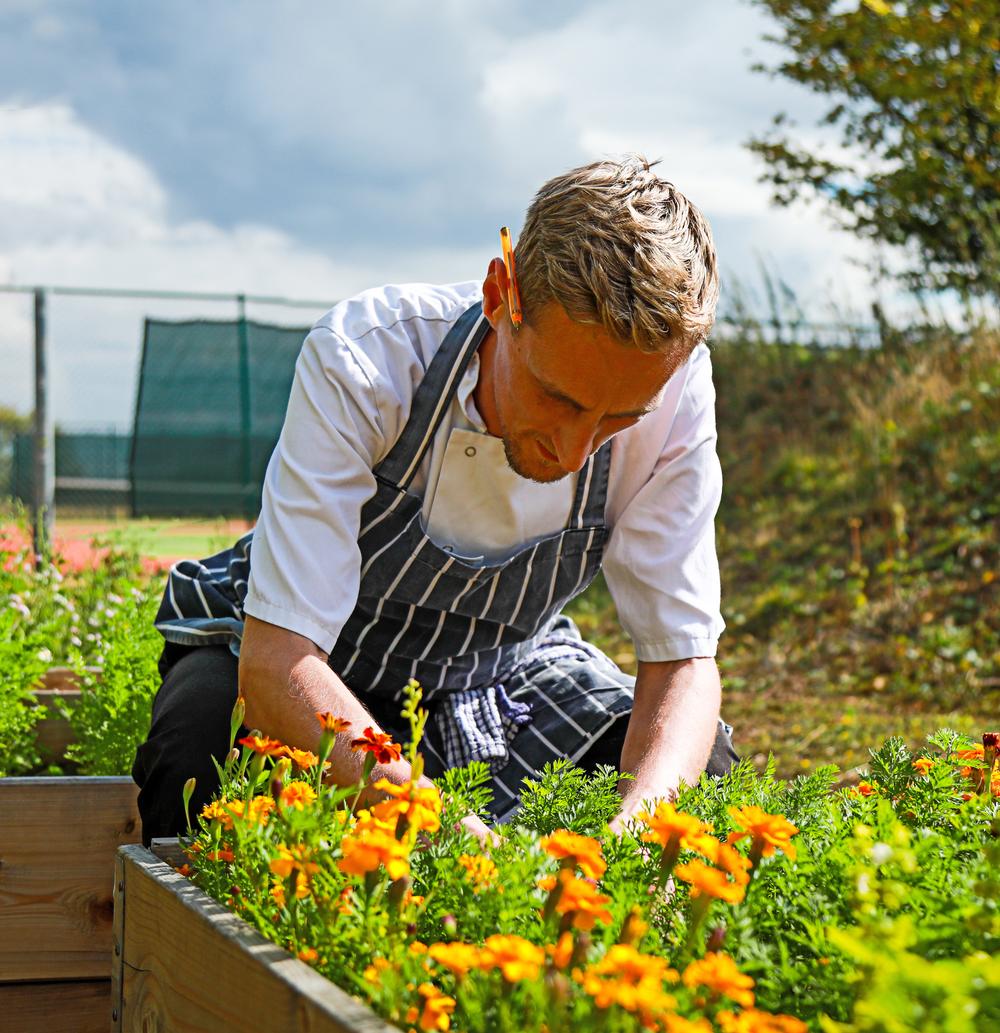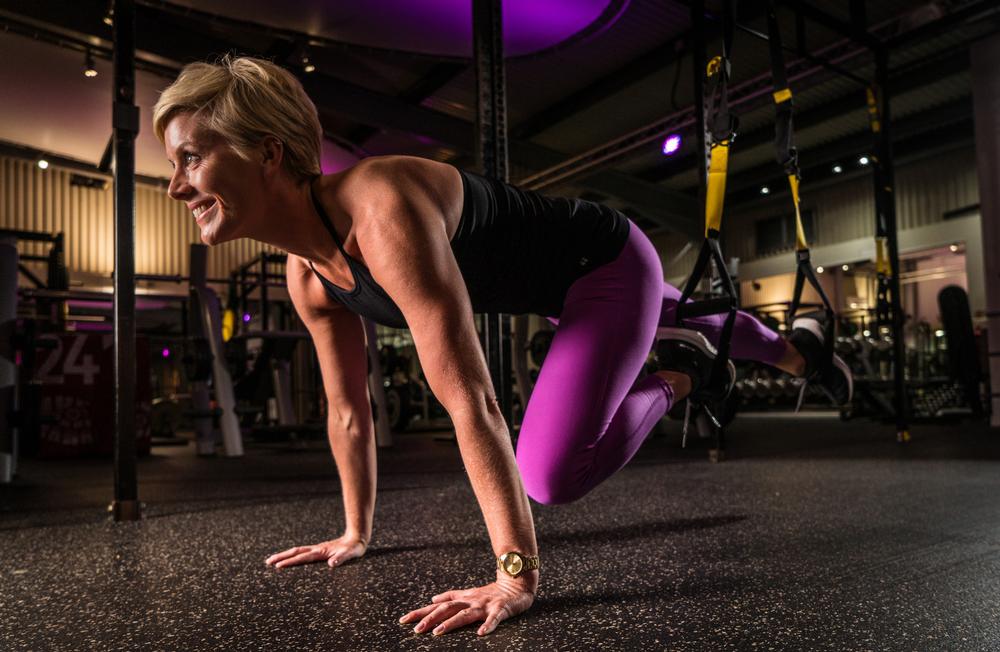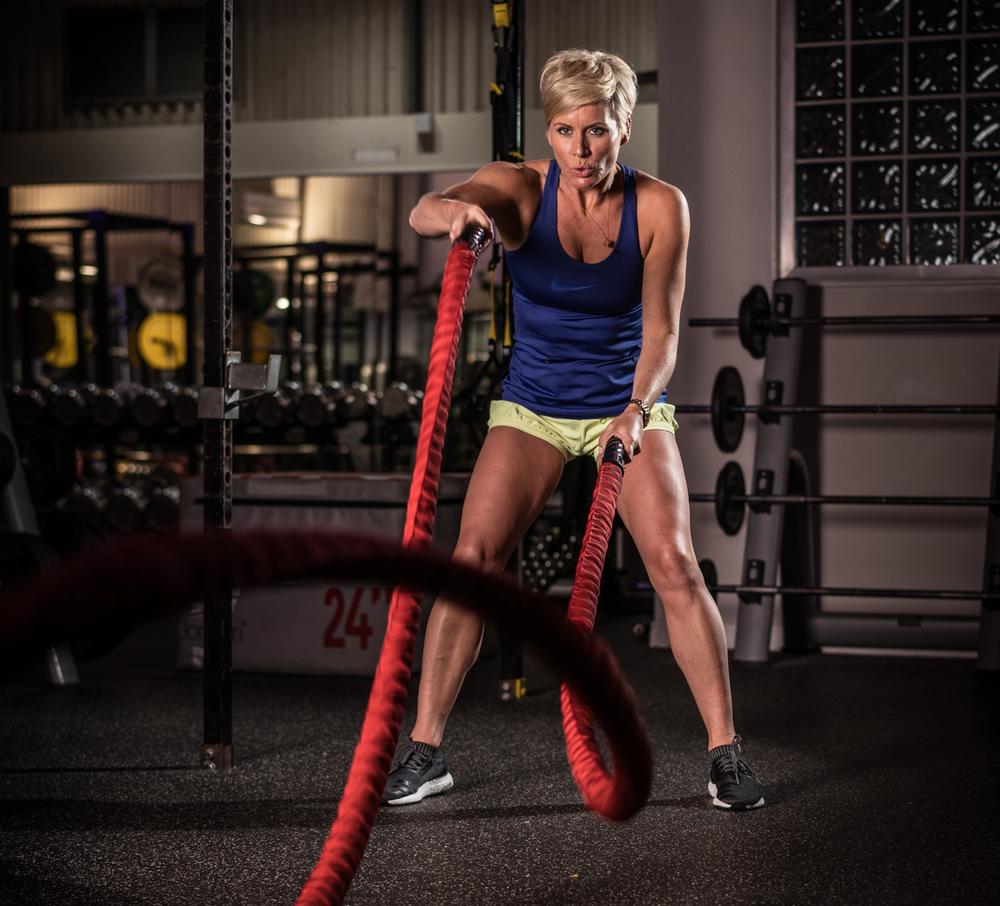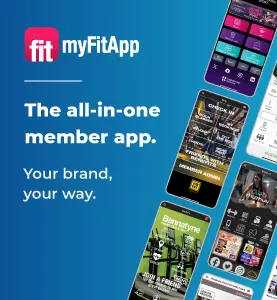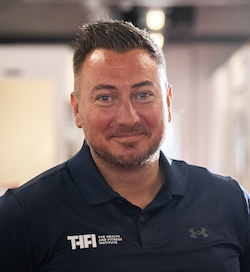Located just north of London in the Hertfordshire countryside, a 15-year-old independent health club has kickstarted a healthy-eating scheme using an on-site potager project.
Odyssey Health Club’s owner, Stephen Aucott, and head chef, Matt Brown, have driven the initiative to integrate home-grown produce into the club’s food offering to offer a different and healthy dining option for their clientele.
Aucott and Brown are aiming to use the scheme to incorporate as much fresh produce into the menu as possible.
How did the idea come about?
We already had a strong focus on nutrition in general at the club and had a good relationship with our local organic farm. Plus, both we and our members have had a growing interest in local, organic, fresh food for some years. It was actually a TV programme – called Monty Don’s French Gardens – that provided great inspiration. He explored potager gardens and the culinary opportunities they present. This was the inspiration we needed to get the scheme started. We were already actively working on the presentation of the club grounds for the past few years, so the step to growing vegetables on-site was a natural progression from this and one we openly welcomed. We currently have a greenhouse, five raised beds and two hot bin composters.”
What is grown and why?
We’re growing a range of fruit, vegetables and various herbs, including strawberries, raspberries, tomatoes, onions, carrots and beetroot. We’ve also got some apple and cherry trees.
We decided on this selection because these are the staple elements of most dishes in the kitchen, and depending on seed success, we’re planning to add in other items in the next growing season, such as edible flowers for the salads.
At the moment we’re serving up carrot soup and carrot cake, but any other food that’s ripe on the day will also be harvested to go into the existing dishes, such as salads, sauces or dressings.
As we grow the scheme, the volume of produce will increase, which will allow us to supply more of the menu.
Why is it important to Odyssey to serve home-grown produce?
From a health perspective, this approach is congruent with the messages we give members regarding their food. We really enjoy the process of growing the vegetables and it is a point of difference for us versus other health clubs locally.
We would like to think that we’re offering something unique and, ideally, this will encourage members to grow their own vegetables at home, and ultimately to reconnect their relationship with food and where it comes from. The scheme also reduces our waste significantly, which is something very important to the club.
How have members responded?
Feedback has been really positive. Having the ability to promote ‘Homegrown Tomato Soup’ for example was something members commented on and they were really excited to know what was coming next. Their response is really encouraging as it demonstrates a positive engagement on subjects outside of just training, which is crucial for us.
How much does the scheme cost to run?
I would estimate about £500 per year, now that we’ve bought the greenhouse. We had scaffold boards donated by one of our members to build our raised beds, which was a huge help.
Our head of maintenance, Jason Miller, does the majority of the day-to-day management of the scheme, but once the planting has taken place, it’s mostly watering consistently and weeding. Oh, and keeping the rabbits out as much as we possibly can!
What have you learned from doing this?
We’ve learned that running this kind of scheme isn’t difficult, but it does take consistency! However, it’s certainly been worth our efforts, as the increased engagement with the members has been fantastic. Also, the fact that seasonal food is driving the dish of the day is one of the most rewarding aspects of the scheme, because this is exactly how it should be.
Do you feel the health and fitness industry is doing enough to encourage healthy eating?
My first response is no, but it’s obviously very difficult to identify what healthy eating is from one individual to another. Of course, there are basic principles – reduce sugar and lower refined carb intake, increase uptake of organic produce, eat more vegetables – but being too prescriptive with members can be off-putting for them, so it’s a fine line.
We try to educate our members to read more about the basis of a healthy diet and to make informed decisions and understand what they’re eating and why – but as we all know, it’s an incredibly in-depth subject and what works for one person to achieve their goals, may not work for another. We’ve been in the industry for 25 years and what we thought we knew 10 years ago has completely changed in recent years.
What are your plans for the future, will the scheme expand?
We’ve installed more raised beds for next year’s planting and we’re clearing additional space for a polytunnel to increase our production.
We’ve been advised that a polytunnel can produce as much as a field, so this is where we intend to go. We’re very fortunate that we have the space to do this, so we won’t waste the opportunity.









